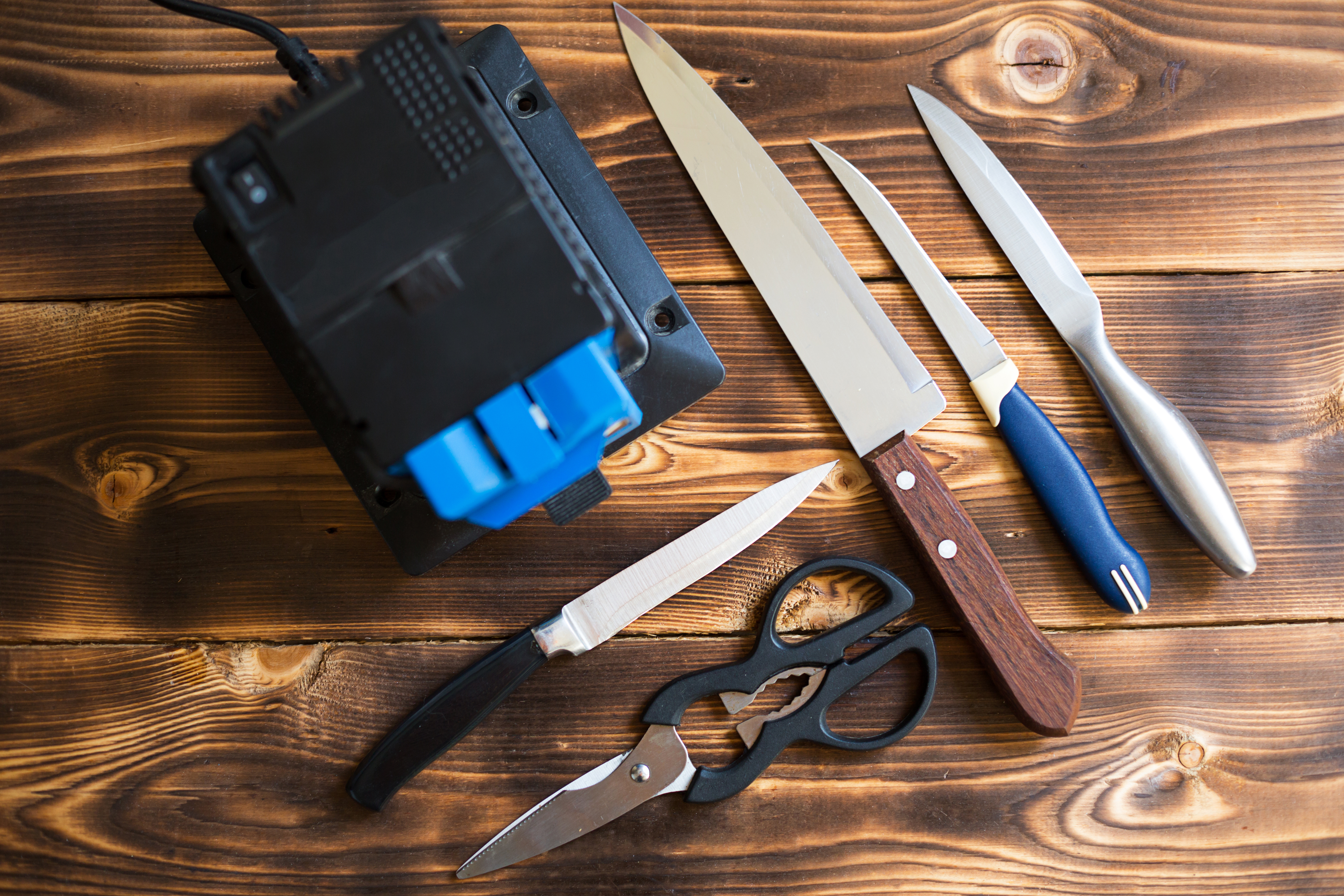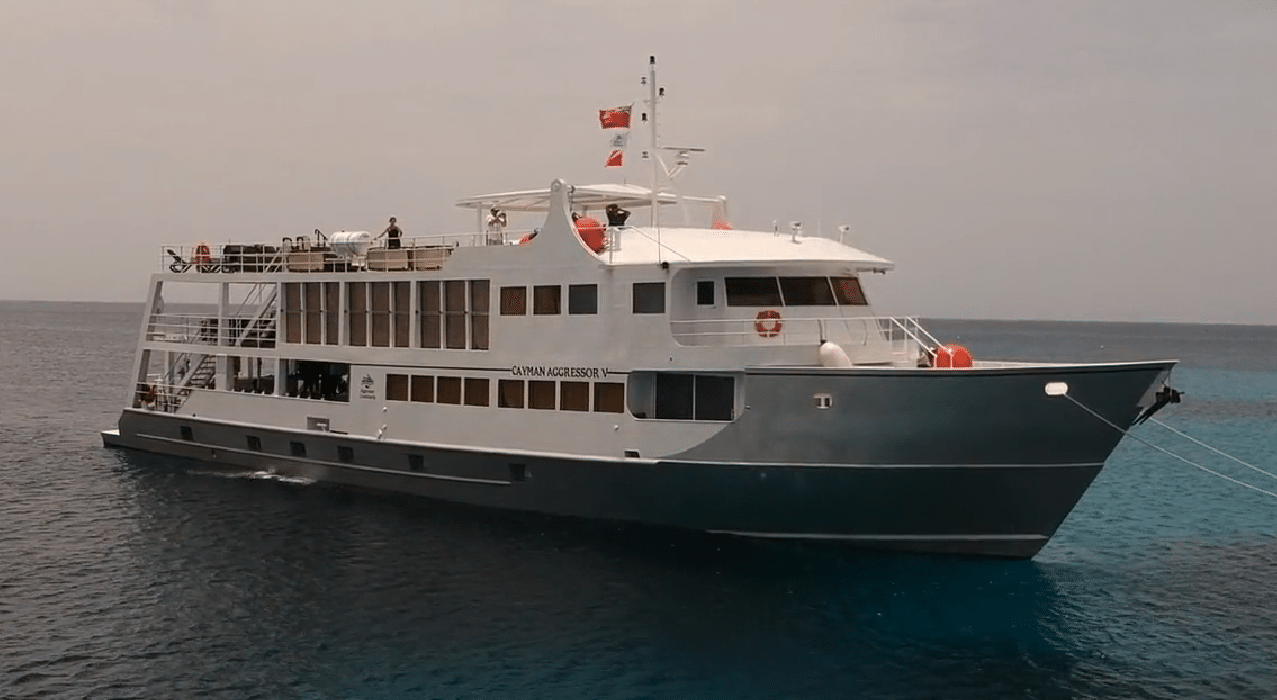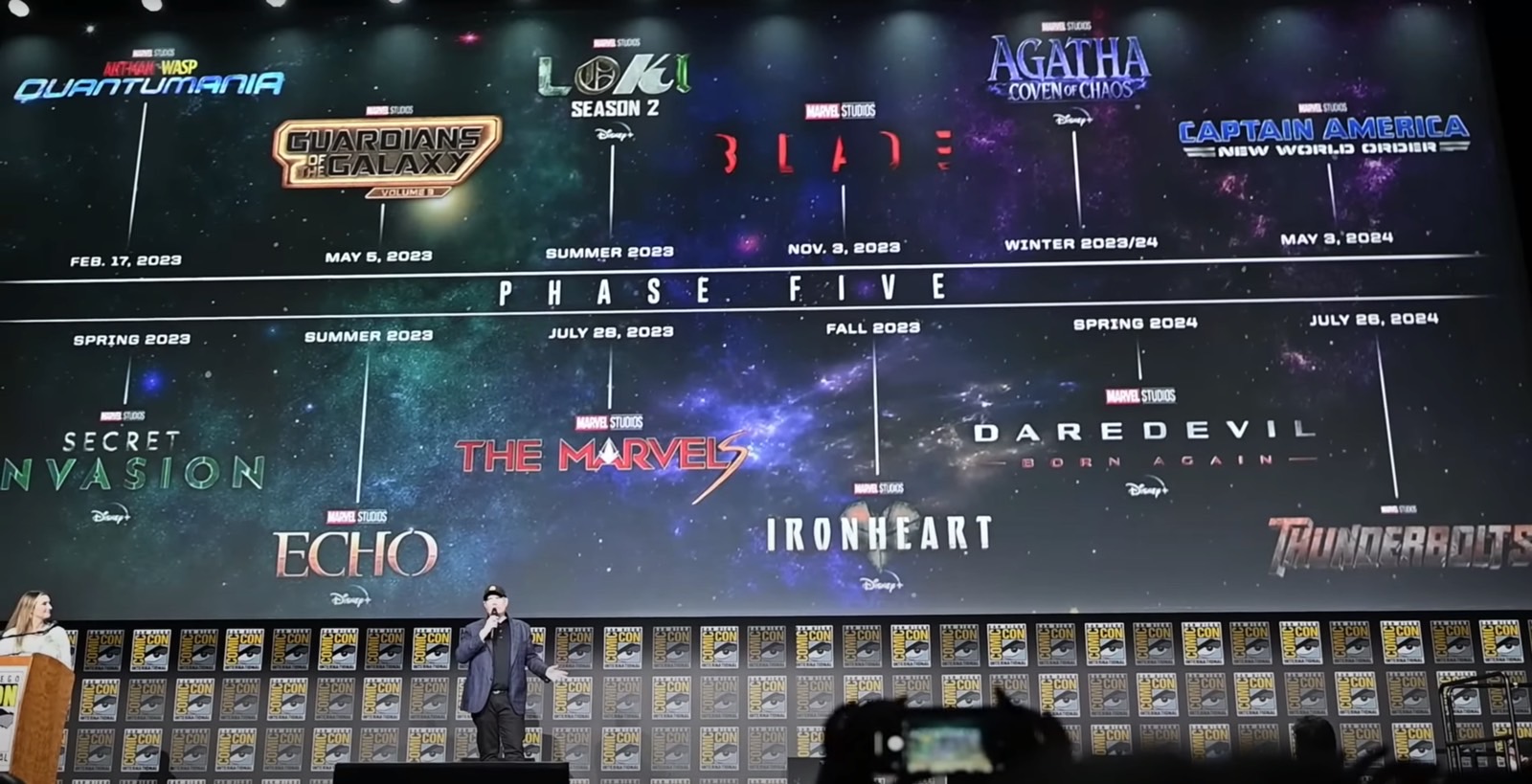This article was produced by National Geographic Traveller (UK).
Considered by many as the jewel in India’s crown, the state of Rajasthan has a magical quality to it. This is the land of maharajas, where palaces are adorned in frescoes, ancient temples are home to wise ascetics and fortresses dominate the skyline. From Jaipur’s pink-hued old town and the lake city of Udaipur to the brahmin-blue rooftops of Jodhpur, here’s how to make the most of it in seven days.
Days 1-2: Jaipur
Do: Jaipur’s Old Town is Indian romance personified: a maze of twisting streets, lined with market stalls and ensconced within scalloped terracotta walls. The City Palace is still home to royalty, and its beauty is spellbinding, from its complex of courtyards to antique artworks and walls painted in kaleidoscopic patterns. A private tour opens up areas normally off limits to visitors. While there, don’t miss admiring the Palace of the Winds, with its staggering 953 windows. Jaipur is also the heart of India’s textile industry and a tour takes travellers behind the scenes: meet the artisans, learn how to block print and wander among streams of colourful fabric strung up to dry in fields at the edge of the city. No visit would be complete without a guided trip around Amber Fort, built in 1592 and the ancient capital of the state.
Eat: Dine at The Johri, a boutique hotel housed in an ancient haveli (traditional townhouse) and order truffled aloo tikki potato cakes with chilli cheese naan, or for excellent European food, head to Jaipur institution Bar Palladio. This ostentatious, ocean-blue restaurant has a large garden and extensive cocktail menu.
Stay: Nowhere is more opulent than Rambagh Palace, the former residence of Jaipur’s maharajas. Views from the 33 suites stretch out over sprawling lawns, sprinkled with fountains and roamed by peacocks. Its fine-dining restaurant, Suvarna Mahal, presents meticulously prepared classics in a setting fit for a king; think gilded mirrors, golden tableware and crystal chandeliers.

Fabric hangs to dry in Sanganer, situated within the Jaipur district.
Photograph by Hemis, Awl Images
Days 3-4: Udaipur
Do: A short flight from Jaipur is the Pink City’s calmer cousin, Udaipur, situated beside Lake Pichola and surrounded by the purple ridges of the Aravalli Hills. Take a private boat ride at sunset to watch the water turn fiery red, and pause for a tour of the island palace, Jagmandir, built in 1620. Enormous stone elephants flank the entrance, while marble pavilions dot manicured grounds. A slow cycle around the lake passes pretty streets of whitewashed houses, children taking an afternoon dip and the steps of Gangaur Ghat, leading down to the water’s edge beside a beautifully restored haveli. Udaipur is also renowned for its miniature paintings, and an in-depth tour includes meeting local masters to learn the history behind this intricate artform.
Eat: Have lunch on the tented lawns of Raaj Bagh, overlooking the lake and serving some of the best paneer in the city. Come evening, head to Jagat Niwas, a heritage hotel and a fine sunset spot. Tables sit artfully in jharokhas (stone windows) that jut out across the water, ceilings sport colourful frescoes and the menu includes Rajasthani classics, from dal to tandoori chicken.
Stay: Udaipur’s Taj Lake Palace is a vision of white marble, sitting on a private island in the lake. Rooms feature hand-painted motifs, silk bolsters, swings and stained-glass windows affording views of the City Palace where, every evening, a light show illuminates the building in golden hues. The on-site restaurants, such as rooftop Bhairo, are reserved for guests.
Day 5: Narlai
Do: Rural Rajasthan makes for a pleasing contrast to the palaces and general pandemonium of its cities. The two-hour drive to Narlai is spectacular, too, passing the hulking hilltop fortress of Kumbhalgarh, also known as the Great Wall of India, and Ranakpur Jain Temple. With its echoing halls and almost 1,500 intricately carved pillars, the latter site is so stunning it’s been known to bring visitors to tears. The little village of Narlai moves to a slow country beat; look out for village elders wearing scarlet turbans, farmers herding flocks of goats and chai wallahs with steaming canteens of tea. If energy permits, walk to the top of Elephant Rock for sweeping countryside views.
Eat: More than 600 candles flicker in the breeze, casting a golden light on what might be the world’s most magical dinner setting at Rawla Narlai, a rambling country house located deep in the countryside, with an ancient stepwell. Here, visitors can enjoy a five-course menu featuring locally sourced ingredients to a backdrop of live music by a local sadhu (religious ascetic).Stay: Visitors can also opt to stay at Rawla Narlai. The 32 rooms are set around a series of magnificent courtyards, where guests can drink and dine under the stars. A huge outdoor pool, artfully hidden behind crenellated walls and surrounded by a shady garden, offers much-needed respite from the blazing Indian sun.
Stay: Visitors can also opt to stay at Rawla Narlai. The 32 rooms are set around a series of magnificent courtyards, where guests can drink and dine under the stars. A huge outdoor pool, artfully hidden behind crenellated walls and surrounded by a shady garden, offers much-needed respite from the blazing Indian sun.

At Rohet Garh, a classified heritage hotel in Jodhpur, artisans hand-paint traditional gifts.
Photograph by Mark Hannaford, Awl Images
Days 6-7: Jodhpur
Do: Look down on Jodhpur from above to witness a sea of Brahmin-blue buildings. A three-hour drive from Udaipur, this is Rajasthan’s second-largest city — and it really is blue. Sardar Market is a good place to start. Expect a sensory overload: mountains of spices, rows of rainbow-coloured saris and a constant backdrop of cars hooting. Looming over the city, mighty Mehrangarh Fort — one of the largest in India — is an architectural marvel. A private tour includes a meeting with the curator, who will reveal the history behind the hundreds of treasures on display, before a glass of champagne in the grounds. For something a little different, visit Mharo Khet farm on the outskirts of the city. The owners are lovely, the tour fascinating, and the meal features some of the 80 vegetables grown there.
Eat: Tuck into stuffed peppers and okra at Khaas Bagh, a heritage hotel with an excellent restaurant. While there, admire the extensive collection of classical paintings on display at the on-site gallery. Dine, too, at atmospheric rooftop restaurant Indique, with views of the fort and Umaid Bhawan Palace. Head Chef Vishal is renowned for his spicy lamb koftas.

One of the largest private residences in the world, the Umaid Bhawan Palace sits at the top of Chittar Hill in Jodhpur.
Photograph by Richard T Nowitz, Awl Images
Stay: Rose-red sandstone Raas Jodhpur Hotel is an 18th-century haveli within the walls of the old city. This is Jodhpur’s most stylish hotel, where traditional features have been given a contemporary facelift. Adjacent is Toorji Ka Jhalra, a beautifully regenerated stepwell, plus numerous boutiques including Gem Palace, Forest Essentials, Nicobar and Good Earth.
Published in the Luxury Collection 2024, distributed with the October 2024 issue of National Geographic Traveller (UK).
To subscribe to National Geographic Traveller (UK) magazine click here. (Available in select countries only).
Note: This article have been indexed to our site. We do not claim legitimacy, ownership or copyright of any of the content above. To see the article at original source Click Here













